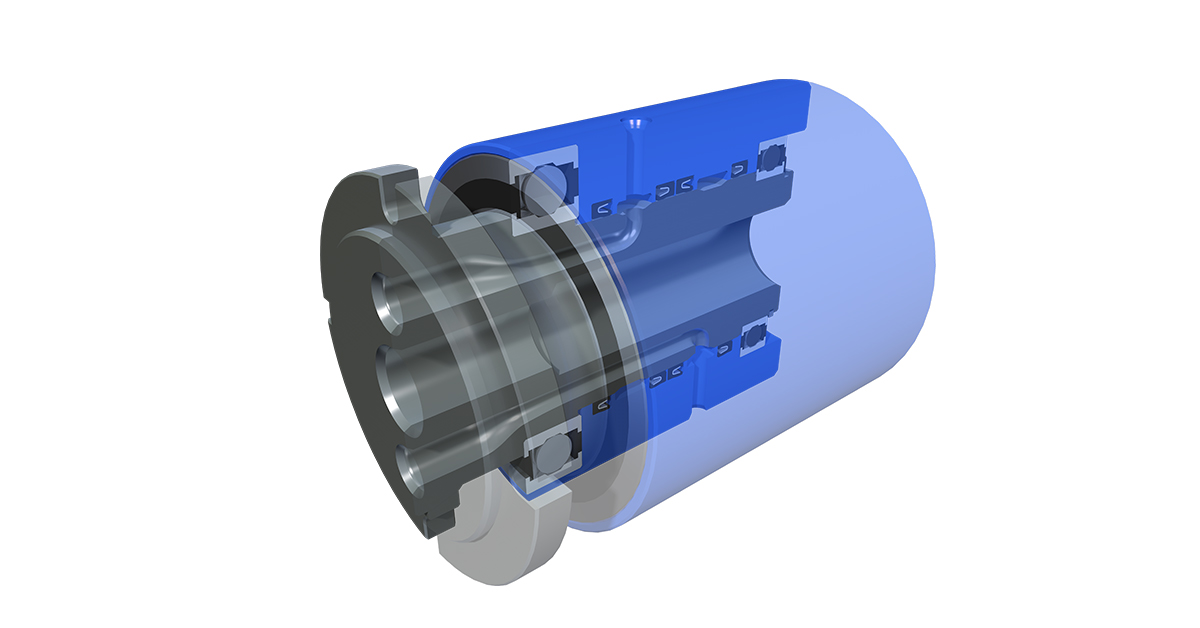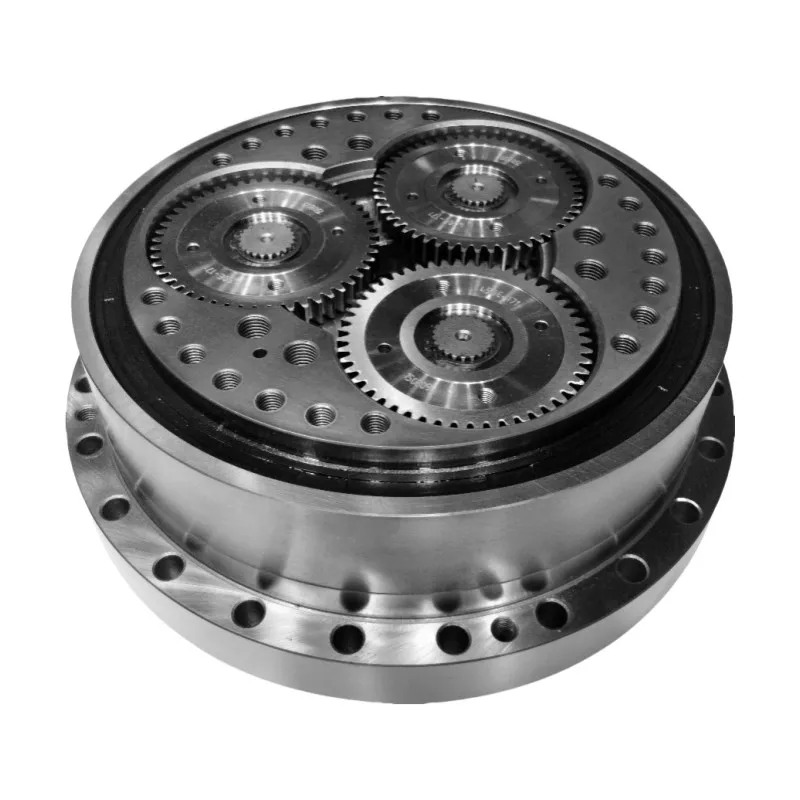Precision Prototyping: Mastering Low Volume CNC Production for Prototype Validation
The journey from conceptual design to market-ready product represents one of the most critical phases in product development, where effective prototype validation separates successful innovations from costly failures. Low volume CNC production for prototype validation serves as the crucial bridge between digital designs and physical reality, providing engineering teams with tangible components that accurately represent final production intent. At JLYPT Precision Machining, we specialize in low volume CNC production for prototype validation, delivering the precision, speed, and technical expertise necessary to transform innovative concepts into validated designs ready for manufacturing.
This comprehensive technical analysis explores the sophisticated engineering methodologies, advanced manufacturing strategies, and quality assurance protocols that define exceptional low volume CNC production for prototype validation. We examine how strategic implementation of CNC technologies, combined with material science expertise and rigorous testing protocols, enables engineering teams to validate designs, verify performance, and accelerate development timelines with confidence.
The Critical Role of Prototype Validation in Product Development
Effective low volume CNC production for prototype validation addresses multiple critical objectives throughout the product development lifecycle:
Technical Validation and Performance Verification
Prototypes manufactured through low volume CNC production for prototype validation serve as the foundation for comprehensive technical assessment:
-
Dimensional Verification: Physical confirmation of CAD model accuracy, feature relationships, and geometric tolerances under real-world conditions
-
Functional Performance: Assessment of mechanical operation, load-bearing capabilities, and kinematic behavior in actual application environments
-
Material Compatibility: Evaluation of material selection appropriateness for intended application, including strength, thermal properties, and environmental resistance
-
Assembly Validation: Verification of component interfaces, fastener alignment, and overall system integration before committing to production tooling
Risk Mitigation and Design Optimization
The strategic implementation of low volume CNC production for prototype validation significantly reduces development risks:
-
Design Flaw Identification: Early detection of geometric interferences, stress concentrations, and manufacturability issues before production scaling
-
Manufacturing Process Validation: Assessment of proposed production methods, tooling approaches, and quality control strategies using representative components
-
Cost Optimization: Identification of opportunities for design simplification, material reduction, and manufacturing efficiency improvements
-
Regulatory Compliance: Early verification of compliance with industry standards, safety requirements, and certification protocols
Advanced Manufacturing Strategies for Prototype Validation
Successful low volume CNC production for prototype validation requires specialized approaches that balance speed, accuracy, and cost-effectiveness:
Rapid Manufacturing Methodologies
Our approach to low volume CNC production for prototype validation emphasizes accelerated timelines without compromising quality:
-
Digital Manufacturing Workflow: Seamless integration from CAD to CAM with optimized toolpath generation for rapid turnaround while maintaining precision
-
Adaptive Machining Strategies: Implementation of dynamic machining parameters that adjust to material characteristics and geometric complexity
-
Concurrent Engineering: Parallel processing of design analysis, material preparation, and manufacturing planning to compress development cycles
-
Modular Fixturing Systems: Utilization of flexible workholding solutions that accommodate design iterations without custom fixture development
Precision Manufacturing Techniques
Despite accelerated timelines, low volume CNC production for prototype validation maintains exceptional quality standards:
-
High-Speed Machining: Utilization of advanced spindle technology and optimized cutting parameters for superior surface finishes and dimensional accuracy
-
Multi-Axis Machining Capabilities: Strategic application of 3+2 and simultaneous 5-axis machining for complex geometries and compound angles
-
Micro-Machining Expertise: Precision manufacturing of small features, fine details, and intricate geometries with tolerances to ±0.005 inches
-
Surface Finish Optimization: Implementation of specialized toolpaths and cutting strategies to achieve production-equivalent surface characteristics
Material Selection for Prototype Validation
The strategic selection of materials represents a critical consideration in low volume CNC production for prototype validation:
Production-Equivalent Materials
For prototypes requiring accurate performance representation:
-
Aluminum Alloys (6061-T6, 7075-T6): Excellent machinability with mechanical properties suitable for functional testing and structural validation
-
Stainless Steels (304, 316, 17-4PH): Corrosion resistance and strength characteristics for demanding applications and environmental testing
-
Titanium Alloys (Ti-6Al-4V): High strength-to-weight ratio and temperature resistance for aerospace, medical, and performance applications
-
Engineering Plastics (PEEK, Delrin, Nylon): Specific mechanical, thermal, and chemical properties for specialized applications and component testing
Alternative Materials for Specific Applications
Strategic material substitutions that balance cost and performance requirements:
-
Machinable Wax and Modeling Board: For pure form and fit verification without functional performance requirements
-
Acrylic and Polycarbonate: For visual prototypes, optical applications, and basic functional assessment
-
Aluminum Substitutes: Cost-effective alternatives for initial design validation before progressing to higher-performance materials
Technical Specifications for Prototype Validation Applications
The table below outlines critical technical considerations for various prototype validation scenarios:
| Validation Objective | Critical Requirements | Recommended Materials | Manufacturing Approach | Quality Verification |
|---|---|---|---|---|
| Form and Fit Testing | Dimensional accuracy, interface compliance, assembly verification | Aluminum 6061, ABS, Polycarbonate | 3-axis and 3+2 axis machining with standard tolerances | CMM inspection, functional gauging, assembly trial |
| Functional Performance | Mechanical properties, load capacity, operational reliability | 7075 Aluminum, 4140 Steel, PEEK | Precision machining with tight tolerances, specialized tooling | Dimensional validation, material testing, functional testing |
| Environmental Testing | Temperature resistance, corrosion performance, UV stability | 316 Stainless, Titanium, Specialty Plastics | Controlled machining to prevent stress, specific surface finishes | Environmental exposure testing, material analysis |
| Regulatory Compliance | Material certification, traceability, documentation | Certified materials with full traceability | Documented processes, controlled parameters, detailed records | Comprehensive inspection, certification packages, audit trails |
| User Experience | Ergonomics, aesthetics, tactile quality | Aluminum, Stainless Steel, Finished Plastics | High-quality surface finishes, precise detailing, texture application | Visual inspection, user testing, aesthetic evaluation |
For comprehensive understanding of prototyping standards and validation protocols, we regularly consult resources from the American Society of Mechanical Engineers to ensure compliance with industry best practices and technical requirements.
Comprehensive Case Studies: Prototype Validation Success Stories
Case Study 1: Aerospace Actuation System Prototype Validation
-
Challenge: An aerospace developer required functional prototypes of a novel electromechanical actuation system for flight control surfaces. The prototypes needed to validate complex kinematic performance, material compatibility, and reliability under simulated flight conditions.
-
Technical Solution: We manufactured the complete actuation system using 7075-T651 aluminum for structural components and 17-4PH stainless steel for high-wear elements. The prototypes incorporated precise bearing fits, specialized surface treatments, and exacting geometric tolerances to replicate production intent.
-
Manufacturing Approach: Complex housing components utilized 5-axis simultaneous machining for optimal surface finishes and dimensional accuracy. Critical interface features employed jig boring and precision grinding to achieve required tolerances. The assembly underwent comprehensive functional testing before delivery.
-
Validation Outcomes: The prototypes successfully validated the kinematic performance, identifying and resolving an interference issue not detected in digital simulation. Material selection was confirmed appropriate for the application environment, and the design achieved 98% correlation with performance predictions.
-
Internal Link: Discover our comprehensive approach to aerospace prototyping through our Precision CNC Machining Services.
Case Study 2: Medical Device Fluid Management System
-
Challenge: A medical technology startup needed to validate a complex fluid handling system for a new diagnostic platform. The prototypes required biocompatible materials, precise fluid dynamics performance, and verification of manufacturing feasibility for regulatory submission.
-
Technical Solution: We produced the fluid management system using medical-grade PEEK and 316L stainless steel with electropolished internal passages. The prototypes incorporated precise orifice geometries, optimized flow paths, and production-equivalent surface finishes.
-
Manufacturing Approach: Micro-machining techniques created precise fluid channels with tolerances within ±0.005mm. Complex internal geometries utilized specialized tooling and high-pressure coolant systems. All components underwent rigorous cleaning and validation for medical application.
-
Validation Outcomes: The prototypes demonstrated 99.2% correlation with computational fluid dynamics predictions and confirmed manufacturing feasibility for all critical features. The successful validation supported the regulatory submission and identified opportunities for 15% cost reduction in production.
Case Study 3: Automotive Energy Recovery System
-
Challenge: An automotive engineering team required validation of a novel energy recovery system with complex thermal management requirements. The prototypes needed to verify thermal performance, structural integrity under vibration, and manufacturing approach for high-volume production.
-
Technical Solution: We manufactured the system using 6061-T6 aluminum with integrated thermal management features and production-representative mounting interfaces. The design incorporated strategic material selection for thermal properties and structural requirements.
-
Manufacturing Approach: The prototypes utilized multi-axis machining for complex internal passages and optimized thermal surfaces. Critical interfaces employed precision boring and reaming to ensure proper component alignment. The assembly included instrumentation points for comprehensive performance monitoring.
-
Validation Outcomes: Prototype testing revealed a 12% improvement in thermal efficiency over initial predictions and validated the structural design under simulated road conditions. The manufacturing approach was confirmed viable for production scaling, and the design achieved all performance targets ahead of schedule.
Quality Assurance in Prototype Validation
Effective low volume CNC production for prototype validation demands comprehensive quality assurance protocols:
-
First Article Inspection: Comprehensive dimensional validation using coordinate measuring machines with comparison to CAD data and critical feature analysis
-
Material Verification: Confirmation of material properties, composition, and certification for critical applications
-
Functional Testing: Performance validation under simulated operating conditions to verify design intent and operational reliability
-
Surface Metrology: Precise measurement of surface finish, texture, and geometric characteristics using advanced profilometry techniques
-
Documentation Package: Complete inspection reports, material certifications, and manufacturing records supporting design validation and regulatory requirements
Accelerating Development Through Strategic Prototyping
The strategic implementation of low volume CNC production for prototype validation provides significant advantages throughout the product development lifecycle:
Development Timeline Compression
-
Rapid Iteration: Quick turnaround of design revisions based on testing results and performance feedback
-
Parallel Development: Simultaneous progress on multiple design aspects using functional prototypes for independent validation
-
Risk Reduction: Early identification and resolution of design issues before commitment to production tooling
-
Stakeholder Alignment: Physical prototypes for demonstration, investor presentations, and customer feedback sessions
Manufacturing Readiness Advancement
-
Process Validation: Verification of proposed manufacturing approaches, tooling strategies, and quality control methods
-
Supply Chain Development: Identification and qualification of material suppliers and manufacturing partners based on prototype performance
-
Cost Optimization: Refinement of designs for manufacturing efficiency and material utilization before production scaling
-
Quality System Implementation: Development of inspection protocols and quality standards based on prototype validation results
The Future of Prototype Validation
The field of low volume CNC production for prototype validation continues to evolve with emerging technologies and methodologies:
-
Digital Twin Integration: Seamless connection between physical prototypes and digital simulations for enhanced validation and predictive analysis
-
Advanced Material Applications: Implementation of engineered materials with tailored properties for specific performance characteristics
-
Hybrid Manufacturing: Integration of additive and subtractive processes for unprecedented geometric complexity and functional integration
-
Smart Prototyping: Incorporation of sensors and monitoring capabilities directly within prototypes for enhanced data collection and performance analysis
Conclusion: Strategic Partnership for Development Success
The journey from concept to validated design represents a critical phase where effective low volume CNC production for prototype validation significantly impacts project success, development costs, and time to market. At JLYPT Precision Machining, our specialized approach to low volume CNC production for prototype validation provides engineering teams with the technical expertise, manufacturing capabilities, and strategic partnership needed to navigate this challenging landscape successfully.
Our methodology recognizes that prototype validation requires balancing ambitious technical objectives with practical constraints and aggressive timelines. Through close collaboration, technical guidance, and precision manufacturing, we help engineering teams transform innovative concepts into validated designs that support informed decision-making, risk reduction, and successful product commercialization.
Ready to accelerate your development with precision prototype validation? Contact JLYPT Precision Machining today to discover how our expertise in low volume CNC production for prototype validation can help you achieve your development goals with confidence, efficiency, and technical excellence.








